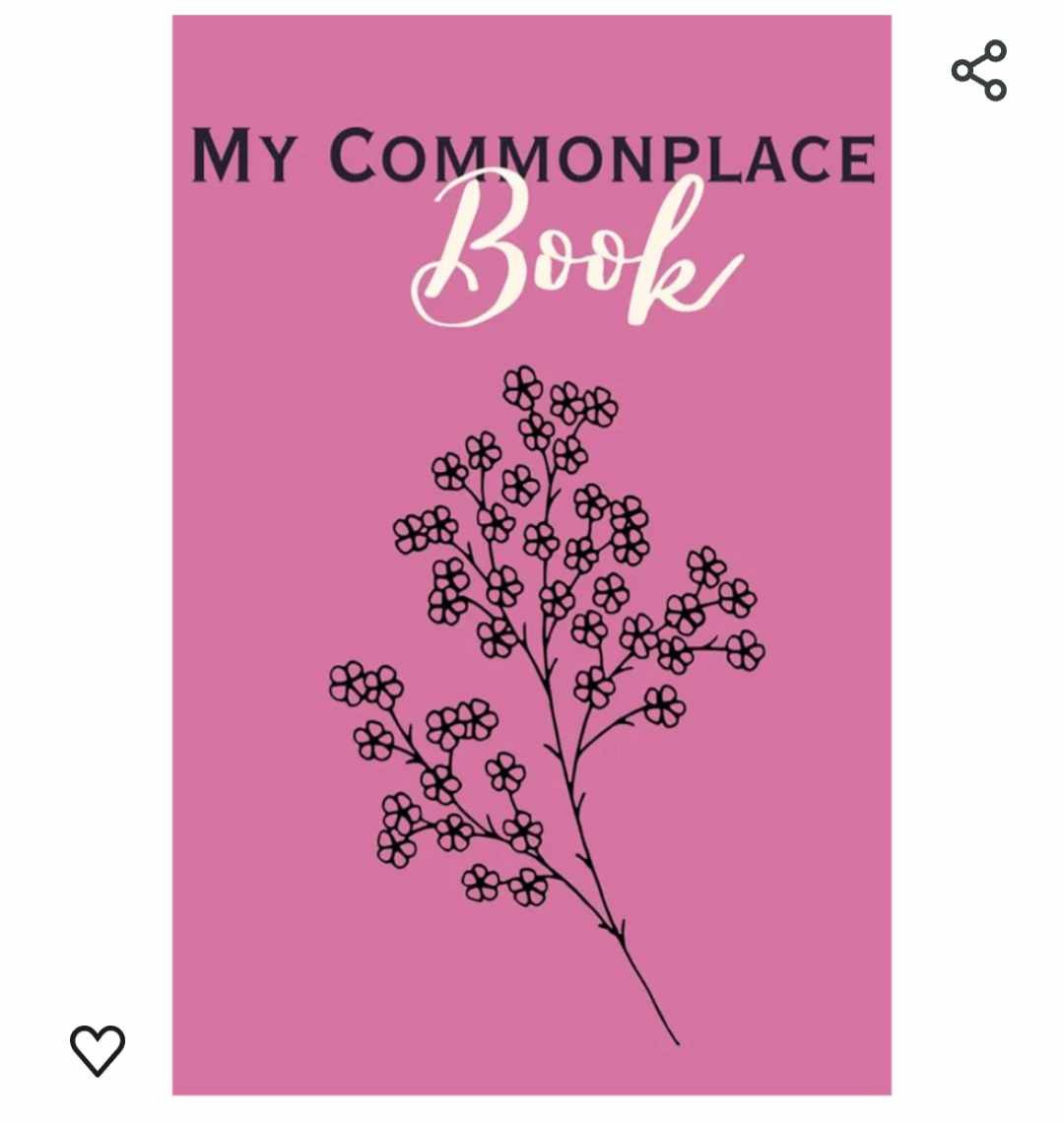
Creativity Doesn’t Thrive on Pressure
It needs space, stillness, and energy.
How to Protect Your Creativity (Even When Life Is Full)
- Protect quiet time like it’s part of your job. Because it is. Silence is where new ideas form. Even ten minutes counts.
- Notice what drains you. Some commitments sound good on paper but leave you feeling flat. Pay attention to that.
- Create before you consume. Even five minutes of journaling or playing music before scrolling helps your brain stay original instead of reactive.
- Fuel your body. Creativity lives in your physical energy. Sleep, hydration, and nutrition matter more than you think.
- Support your recovery. This is where things like peptides can come in, not as a fix but as support. They help your body repair and restore energy at the cellular level, which makes it easier to access that flow state again.
Creativity and Rest Work Together
Ready to Start Protecting Your Creativity Again?

- Cultivating Intellectual Curiosity: A commonplace book inspires children to actively engage with the material they encounter versus being a passive learner. By transcribing passages and quotes that captivate their interest, they delve deeper into subjects, fostering a profound understanding and sparking a thirst for further exploration while also working on handwriting (if you so desire).
- Enhancing Learning and Retention: Studies have shown that the act of writing by hand enhances memory and comprehension. As our children summarize, paraphrase, and synthesize information in their commonplace books, they reinforce their learning and internalize key insights more effectively, seeing connections between different authors, ideas, and concepts.
- Fostering Creativity and Inspiration: Commonplace books serve as a wellspring of inspiration for young writers, artists, and thinkers. By capturing snippets of prose, poetry, and ideas that resonate with them, our children cultivate a reservoir of creativity to draw upon in their own creative pursuits.
- Promoting Reflection and Growth: Regularly revisiting their commonplace books allows our children to reflect on past experiences, insights, and lessons learned. It provides a space for self-discovery and personal growth as they glean new perspectives and wisdom from their collected entries.
- Building a Personal Legacy: Over time, our children's commonplace books become a reflection of their intellectual journey and worldview as they grow and learn. They can serve as a legacy for future generations, offering glimpses into their thoughts, interests, and values.
- Choosing a Format: Whether it's a physical notebook, a digital document, or an online platform, our children can select a format that resonates with their preferences and learning styles. Here are a few I created, but any notebook or artpad will do: Foliage version, floral version, and music version.
- Gathering Materials: Encourage them to collect pens (I love these), pencils, highlighters, and other tools (even stickers!) to personalize their commonplace books and make the process enjoyable -- encourage that creativity!
- Capturing Ideas: As they read, listen, or engage with new material, prompt them to draw or jot down passages, quotes, and insights that speak to them. Emphasize the importance of including the source (title/author and page number) and any relevant context to facilitate future reference should they want to reference it again later.
- Organizing and Reflecting: Guide them in periodically reviewing and organizing their entries, perhaps categorizing them by theme, subject, or relevance if the type of journal or notebook you chose allows for that. Encourage them to reflect on the connections and patterns that emerge, fostering a deeper understanding of their learning and the world around them.
- Sharing and Connecting: Consider facilitating discussions around excerpts from their commonplace books or encouraging them to share their insights with like-minded peers. Commonplace books provide a rich source of conversation and connection, fostering a sense of community and intellectual exploration.

- Embrace Growth Mindset: Think of setbacks as plot twists in your creative story. Roll with the punches a bit—see challenges not as roadblocks but as detours leading to unexpected inspiration. Let the journey be just as important as the finished masterpiece.
- Sketch Your Goals: Self-employment can get messy, especially for creative people. Jot down clear, achievable goals. Break down your big ideas into actionable steps, infusing variety to keep things lively if that's your thing! Tailor your plan to fit your unique strengths, ensuring that your goals become a playground for your creativity rather than a mundane to-do list that you don't even feel like doing.
- Take Creative Breathers: Creativity thrives in a well-rested mind. Take breaks to recharge and let ideas percolate -- it's great to use a notebook or the notes app on your phone to keep track of these ideas! Balance work and life like a pro—your best work often emerges from a rested and rejuvenated mind. Remember, you can't force creativity; sometimes, stepping away allows it to flow back naturally.
- Bounce Back Like a Champ: Resilience is your secret weapon. Treat setbacks as mere hiccups. Bounce back, adapt, and let each challenge make you stronger. A resilient mindset is your greatest ally in the unpredictable world of self-employment. And if you feel like this is a struggle for you, Big Think transformed my mind around these ideas!
- Learn as You Go: Think of your creative journey as an ongoing workshop. Stay curious, adapt to new trends, and keep learning. The more skills you add to your toolkit, the better equipped you'll be to paint your entrepreneurial canvas. I love that HBR (my business mentor's course) is constantly being updated and added to (which I have access to for life!) so that I can keep learning and growing and adapt to new things happening in the market, social media, and world.
- Surround Yourself with Positivity: Create a vibe that fuels your creativity. Build a network of fellow creatives and mentors who understand the self-employment world (join us music teacher moms over here doing just that if you'd like!). Positivity is contagious—let it be the background music to your creative process.









